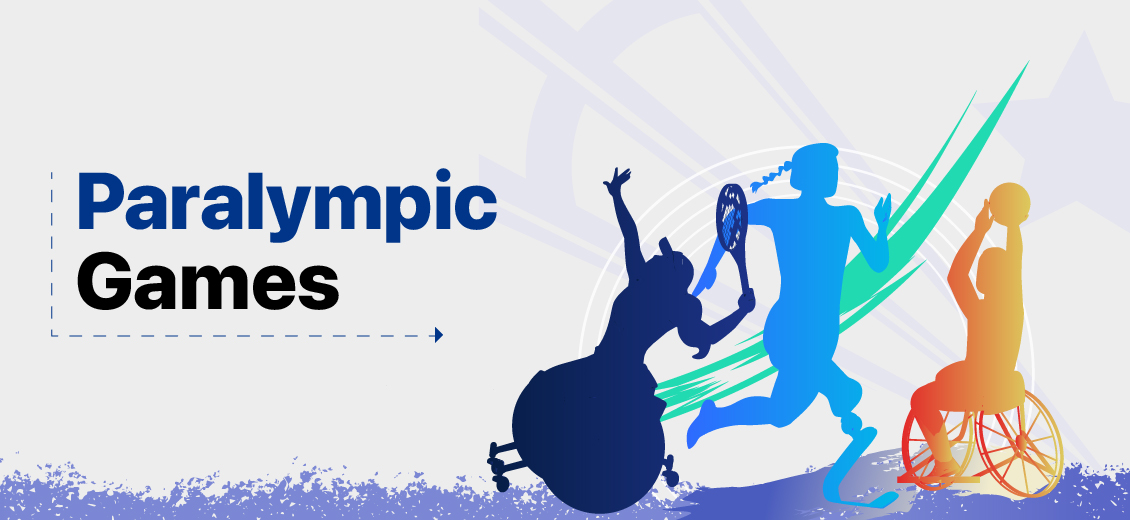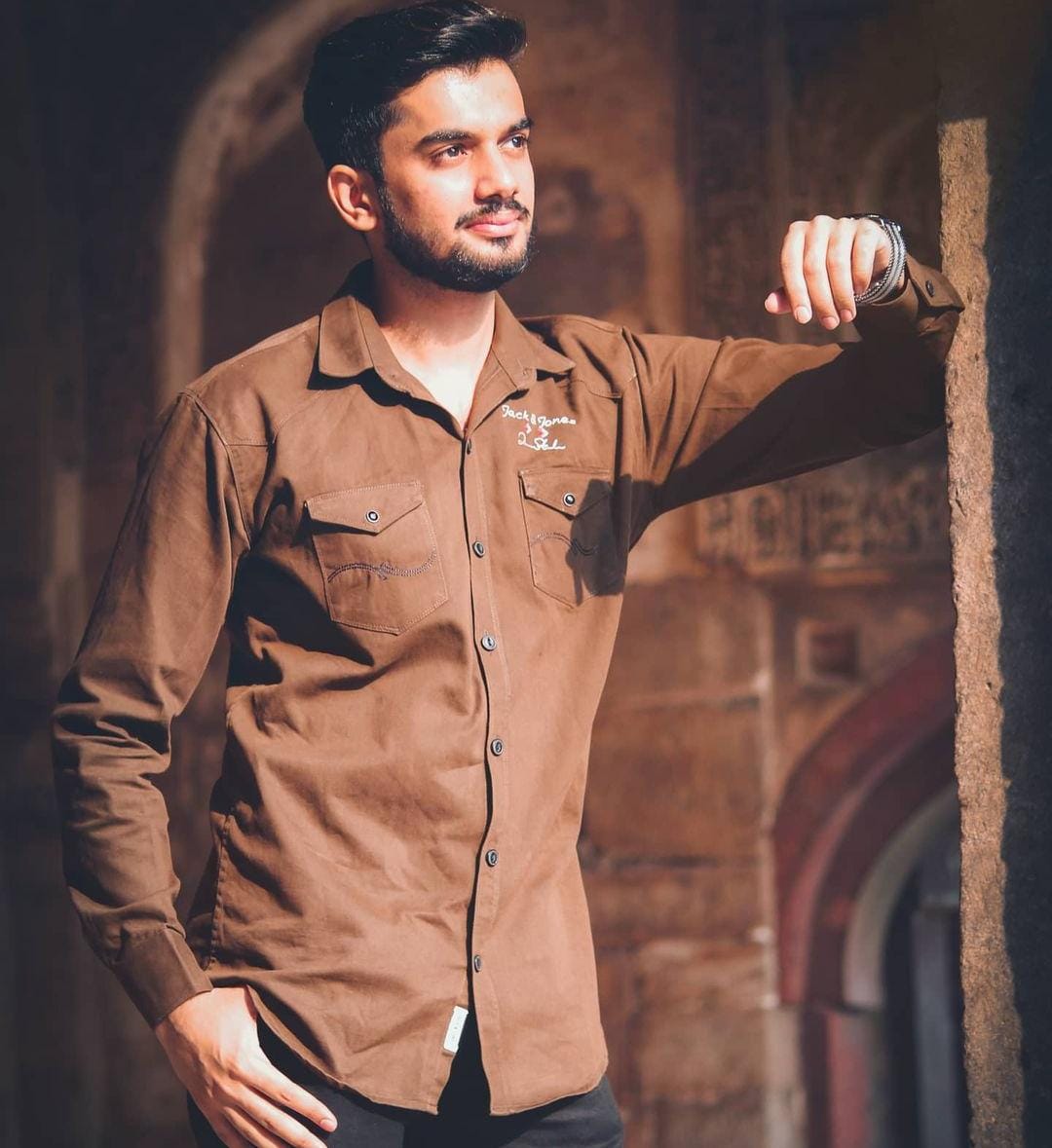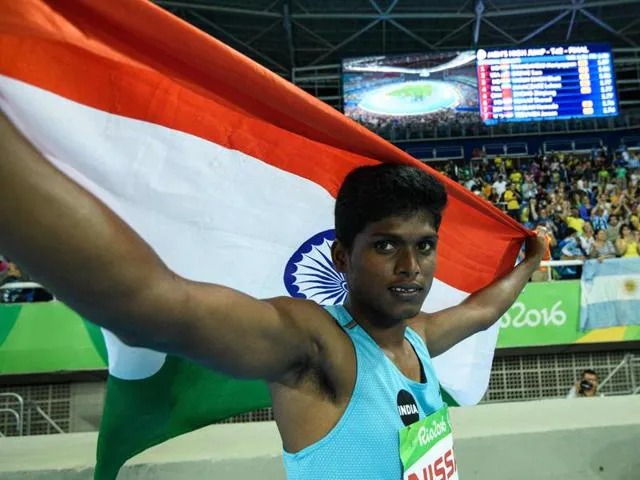Paralympic Games
Blogs Home
- 27 Jun 2023

The Paralympic Games are a multi-sport event for athletes with disabilities, including physical, sensory, and intellectual impairments. They are held after the Olympic Games and consist of various sports, such as athletics, swimming, wheelchair basketball, and more.
The significance of the Paralympic Games lies in their ability to promote inclusivity and break down barriers for individuals with disabilities. It provides an opportunity for disabled athletes to compete at a high level and showcase their abilities, inspiring others and changing perceptions about disability.
Exactly 75 years after Olympic Day was first held, Olympic Day 2023 will be celebrated by a record five million people in 130 NOCs across five continents on 23 June. Around the world, people will be coming together to celebrate Olympic Day and those cherished Olympic values which are more important than ever given the very real threats of war and climate change. The theme of Olympic Day this year is 'Let's Move' which aims to inspire people around the world to make time for daily physical activity.
Let's talk about the historical background and evolution of the Paralympic Games. The first Paralympic Games were held in Rome in 1960 after Sir Ludwig Gutmann organised a sports competition for World War II veterans with spinal cord injuries in England in 1948. Over time, the Games have grown in size and popularity, with more sports being added and more countries participating.
As for the relationship between the Paralympic Games and the Olympic Games, they both share a common goal of promoting sportsmanship and excellence in athletics. The Paralympic Games were originally developed to provide rehabilitation for injured veterans and have since evolved into a way to celebrate and showcase the abilities of disabled athletes. The Paralympic Games also share many of the same values as the Olympic Games, such as fair play, respect, and equality.
International Paralympic Committee (IPC)
The International Paralympic Committee (IPC) is the global governing body for para-sports. Its role is to provide support, coordination, and leadership to National Paralympic Committees (NPCs) and International Federations (IFs) to ensure the success and growth of para-sports.
The IPC's functions include organising the Paralympic Games, promoting para-sports, developing policies and programs for para-athletes, and advocating for the inclusion of people with disabilities in all areas of society. Its structure includes the Governing Board, which is responsible for setting strategic direction, and the Management Team, which oversees day-to-day operations. The IPC also has various committees and working groups that focus on specific areas, such as athlete classification, anti-doping, and development. To promote para-athletics worldwide, the IPC has a mission to "enable para-athletes to achieve sporting excellence and inspire and excite the world." Its vision is for "a world where para-athletics is understood, accepted, and celebrated by all."
The IPC has several initiatives and programs to develop para-sports, including the Agitos Foundation, which supports NPCs and IFs in developing para-sports in their countries; the Para Athletics Development Centre, which provides training and education for athletes and coaches; and the Paralympic Academy which offers courses in sports management and other related fields.
Classification in Para-Sports
Classification in para-sports is the process of grouping athletes with similar impairments into sports classes to ensure fair competition. This is important because it allows athletes with different levels of impairment to compete on a level playing field.
Different para-sports have different classification systems. In addition to classification, para-sports often require adaptations or modifications to equipment or rules. For example, in wheelchair basketball, the height of the basket is lowered to account for the fact that athletes are playing from a seated position. In swimming, athletes with lower limb impairments may use a prosthetic device or a specialised swim fin to assist with propulsion.
Some of the most popular para sports include athletics, swimming, cycling, and wheelchair basketball. Athletics, for example, includes a wide range of events, such as sprints, long-distance races, and jumping and throwing events. Swimming is also a popular para sport, with events ranging from freestyle and backstroke to breaststroke and butterfly. Wheelchair basketball requires a high level of skill and athleticism.
Indian Participation and Achievements
India's participation in the Paralympic Games dates back to 1968, when the country sent a small team of athletes to compete in the Summer Paralympics in Tel Aviv, Israel. India did not participate in the 1976 and 1980 editions but apart from that they have been a part of every Paralympics since 1968.
Image- Mariyappan Thangavelu
Over the years, Indian para-athletes have achieved some notable performances in the Paralympic Games. In the 2016 Paralympic Games in Rio de Janeiro, India won four medals - two gold, one silver, and one bronze. Mariyappan Thangavelu won gold in the men's high jump, while Devendra Jhajharia won gold in the men's javelin throw. Deepa Malik won silver in the women's shot put, and Varun Singh Bhati won bronze in the men's high jump.
Despite the achievements of Indian para-athletes, they face several challenges, including lack of infrastructure, funding, and awareness. Many para-athletes struggle to find proper coaching and facilities to train and compete. In addition, there is still a stigma attached to disability in some parts of India, which can make it difficult for para-athletes to gain recognition and support.
To address these challenges, the Indian government has taken measures to promote the development of para-sports in the country. In 2017, the Ministry of Youth Affairs and Sports launched the Khelo India, which aims to promote sports at the grassroots level and identify and support talented athletes. The government has also set up the Target Olympic Podium Scheme (TOPS) to identify and support potential medal-winners in the Olympic and Paralympic Games.
Various private organisations and NGOs are also working to promote para-sports in India. For example, the Aditya Mehta Foundation (AMF) is a non-profit organisation which aids people with disabilities to pursue sports while providing self-sustenance. The AMF organises training camps, provides equipment and coaching, and supports para-athletes in various ways.
The Paralympic Games have played a significant role in changing societal perceptions towards disability. Through the Games, para-athletes have been able to showcase their abilities and talents, challenging the stereotypes and stigmas associated with disability. The Games have also helped to raise awareness about disability issues and promote inclusivity and diversity.
By participating in sports, people with disabilities can improve their physical and mental health, develop new skills and abilities, and gain confidence and self-esteem. Para-sports also provide opportunities for socialisation and networking and can help to break down barriers between people with and without disabilities.:
One example of a success story in para-sports is that of Deepa Malik, the Indian para-athlete who won a silver medal in shot put at the 2016 Paralympic Games in Rio de Janeiro. Malik, who is paralysed from the waist down, has faced numerous challenges in her life, including discrimination and lack of access to basic facilities. Despite these obstacles, she has become a successful para-athlete, and has used her platform to advocate for greater inclusion and empowerment for people with disabilities. The example mentioned above serves as a powerful reminder of the potential of sports to change lives and inspire positive social change.
The government has introduced several policies to provide financial support and incentives to para- athletes. The Para Olympic Committee of India (PCI) provides financial assistance to para-athletes for training, equipment, and travel expenses. The government also provides job opportunities and financial incentives to para-athletes who win medals at international competitions.
The Sports Authority of India (SAI) plays a crucial role in promoting para-sports in India. SAI provides training facilities, equipment, and financial support to para-athletes. SAI also runs several schemes and programs to identify and nurture young talent in para-sports. It has established several specialised training centers for para-athletes across the country, including the National Centre of Excellence for Para-Sports in Gandhinagar and the Special Area Games (SAG) Scheme for Para-Athletes. These centers provide state-of-the-art training facilities and equipment for para-athletes.
The Paralympic movement aims to provide opportunities for athletes with disabilities to compete at the highest level and to promote inclusivity and accessibility in sports. It has the potential to continue to grow and expand in the future, with more countries and athletes participating and more events being added to the Paralympic Games. Advancements in technology have had a significant impact on para- sports, allowing para-athletes to compete at higher levels and overcome physical limitations. Examples of innovative technology include prosthetics, wheelchairs, and assistive devices, which have become more advanced and sophisticated over time.
Future of the Paralympic Games
Efforts to enhance accessibility and inclusivity in future Paralympic Games are ongoing. Some of the initiatives that have been undertaken include improving accessibility in venues, providing sign language interpretation and captioning, and increasing the number of events and athletes in para-sports.
In addition, there have been efforts to promote the inclusion of athletes with intellectual disabilities in the Paralympic Games. This has included the reintroduction of the intellectual disability category in the Paralympic Games and the development of new events for athletes with intellectual disabilities.
The movement has the potential to continue to grow and expand in the future, with advancements in technology and ongoing efforts to enhance accessibility and inclusivity.
Source
https://olympics.com/en/sports/paralympic/
https://olympics.com/en/news/embracing-olympic-day-2023-global-participation-celebration
Mohd Burhan

Mohd Burhan is an Urdu postgraduate with a passion for cinema. Alongside his wanderlust, he leverages his expertise in tours and travels, offering a perfect blend of language proficiency and cultural immersion to his clients.
Blogs Home




